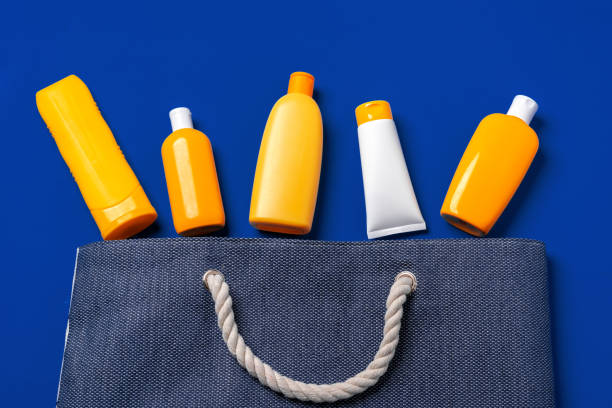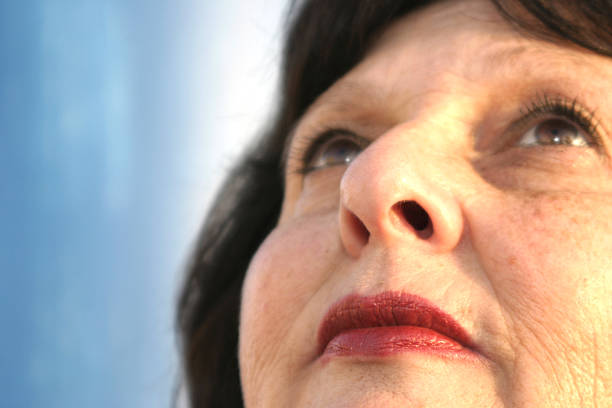By Dr. Marta Grimaldi, Dermatologist at Aventino Medical Group, Rome
Sun protection starts with self-knowledge
Do you really know how to choose the right sunscreen for your skin? Many people rely solely on the SPF label, assuming it’s enough to stay protected. But the most effective defense begins with a key question: what’s your skin type?
Each skin reacts differently to sun exposure.
Factors such as:
- skin color,
- age,
- daily habits,
- and geographic location
all influence the risk of sun damage.
In Rome, for example, UV radiation is particularly intense from April to September, making a tailored protection strategy essential.
In this article, you’ll learn:
- how to identify your skin phototype,
- the main risks of sun exposure,
- and which protective measures to adopt
to avoid sunburns, premature aging, and—in more serious cases—skin cancer.

What is a phototype and why does it matter?
Do you really know how your skin reacts to the sun?
The phototype is a dermatological classification based on two key factors:
- the amount of melanin in your skin
- and how your skin responds to UV exposure
According to the Fitzpatrick scale, there are six skin phototypes:
- Phototype I: very fair skin, always burns, never tans
- Phototype II: fair skin, easily burns, tans minimally
- Phototype III: light-medium skin, sometimes burns, gradually tans
- Phototype IV: olive skin, rarely burns, tans easily
- Phototype V: brown skin, rarely burns, tans very well
- Phototype VI: very dark skin, never burns
This classification helps determine the right sunscreen:
A Phototype I needs SPF 50+ year-round, while a Phototype IV may opt for SPF 30 during lower-intensity months.
Note: darker skin types (Phototype V and VI) can still suffer from invisible sun damage over time.
How to determine your phototype?
Consider these four aspects:
- Natural skin tone
- Frequency of sunburns
- Tanning ability
- Hair and eye color

Which sunscreen is right for you?
SPF isn’t enough: a complete strategy depends on age and lifestyle
Beyond skin type, age and environmental exposure play a crucial role in choosing the right sunscreen.
For example:
- Children’s skin is thinner and more sensitive
- Older adults have reduced ability to repair UV damage
In Rome, UV radiation can be particularly strong during summer months.
A comprehensive sun protection strategy should include:
- Broad-spectrum sunscreen (UVA + UVB)
- Reapplication every two hours
- Wide-brimmed hats, sunglasses, light and covering clothing
- UV-protective fabrics, especially for kids and sensitive skin
For reactive or sensitive skin (including eczema or rosacea), mineral sunscreens without fragrance or preservatives are often the best choice.
Practical tips:
- Avoid sun exposure between 11:00 a.m. and 4:00 p.m.
- Apply sunscreen 20 minutes before going outside
- Choose water-resistant formulas
- Remember: 90% of skin aging is caused by the sun

Have you chosen the right protection? Why regular skin checks matter
Prevention and treatment of sun-related skin damage
Effective sun protection starts with understanding your skin, but it doesn’t stop there. Regular dermatological check-ups are essential—especially if you have moles, discoloration, or changes in your skin after sun exposure.
A specialist evaluation allows you to:
- precisely determine your phototype
- examine moles and pigmented lesions using non-invasive tools such as dermoscopy
- receive tailored advice on preventive strategies and skincare products
If signs of photoaging are already present—such as actinic keratoses, sunspots, thickened skin, or deep wrinkles—there are targeted treatments available, including:
- topical therapies with retinoids, antioxidants, and brightening agents
- cryotherapy for precancerous lesions
- dermatological lasers to improve texture and skin tone
Early intervention is the key to keeping your skin healthy over time and preventing more serious developments, such as skin cancer.

Conclusion
Protect today the skin you’ll want tomorrow
The sun can be a valuable ally for health—only if approached consciously. Knowing your phototype and adopting a personalized routine is the most effective way to prevent aesthetic and medical skin damage. Trusting a qualified dermatologist is the first step toward real protection.

Take care of your skin, every day
Want to know which sunscreen is best for you? Talk to your trusted dermatologist.
Dermatology – Aventino Medical Group
